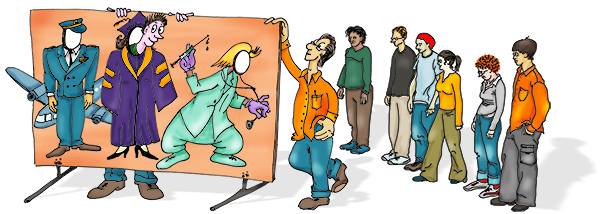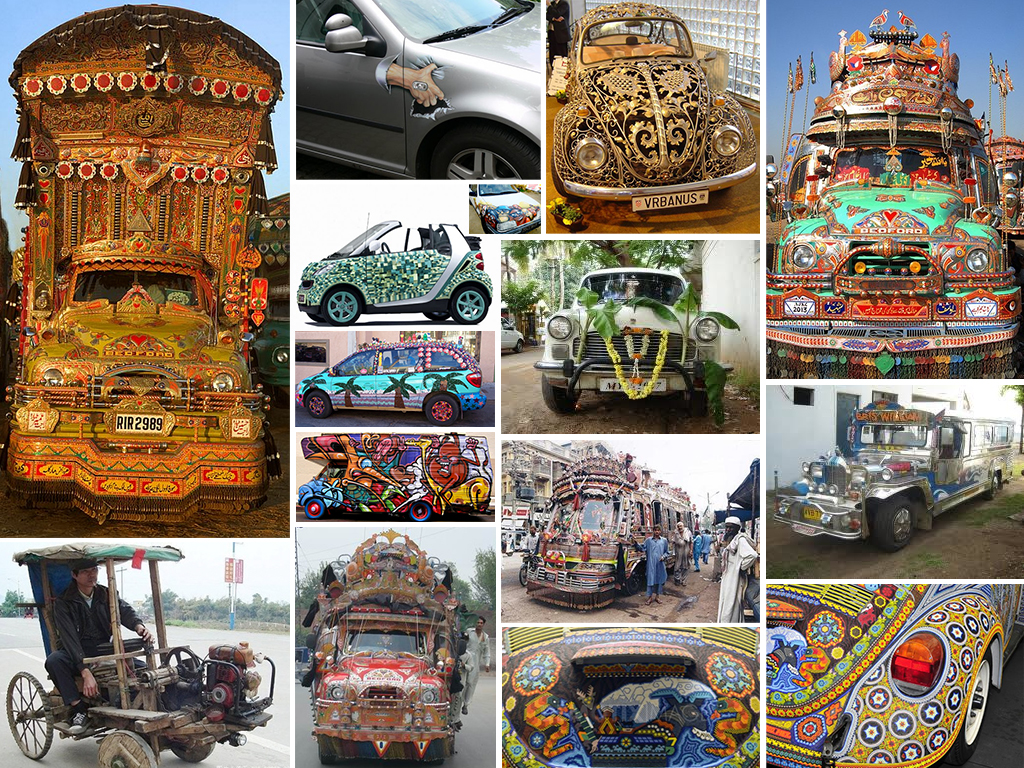“Lost in Translation” was a wonderful movie by Sofia Coppola, starring Bill Murray and Scarlett Johansson. It depicted the delicious confusion of Western tourists in total Japanese cultural emersion. In particular, the scenes where Bill Murray shoots a liquor commercial for the Japanese market are simply priceless. In retrospect, I see where Ms. Coppola got her ideas. Her cousin, Nicholas Cage, have been making wonderfully odd (to our sensibilities) commercials for years. He clearly had stories to share. Here are a few of his gems, courtesy the World Wide Web: and But it’s not only Japan that surprises our/my cultural biases. This morning, my husband and I went to a local grocery store in Rome, Italy. In the cheese section, there was a little paper bottle of parmesan cheese with a mouse of the package. The mouse didn’t work for me at all! So much for cultural differences. Here’s a small collection of ads for McDonalds from all over the world. Please compare it to the packaging and menus for this restaurant chain that I’ve posted here in the past: “Cultural World Domination”. Notice all of the anchoring errors, metaphor mistakes, cultural biases, mirroring errors, and general cognitive and cultural…
Cognitive Blindness
Inability to really know how others think and how their cognitive processes are different from our own.
Cognitive Blindness, Conceptual Design, Diagnostic Errors, Errors, Featured, Mirroring Errors, Pipsqueak Articles, Product Design Strategy, Scaffolding
Empathy on the Brain
by Olga Werby •

Empathy is a necessary component of product design. To design and make something that is comfortable to use for someone else, requires the maker of the product to imagine how another human being would feel while using it. This is a hard thing to do. Medical students have to take “bed side manners” classes that explicitly teach empathy for the patient. Some design schools do the same (check out this video in Product Design Resources). Fortunately, humans come equipped with a special region in the brain whose job it is to help us see the world from another’s point of view. Here’s a short introduction by Rebecca Saxe, “How we read each other’s minds.” So when we go to the movies, we relate to the characters and feel what they feel, and cry when they are sad, and laugh when they are happy, and cringe when things get awkward, because we have the Right TPJ (or RTPJ) region in our brain just behind and above our right ear. We aren’t born ready to use this part of our brain, as the experiments described by Dr. Saxe in the video show. It takes a long time for this social problem solving…
Anchoring Errors, Attention Controls Errors, Background Knowledge Errors, Causal Net Problems, Cognitive Blindness, Diagnostic Errors, Mental Model Traps, Metaphor Mistakes, Misapplication of Problem Solving Strategies, Pipsqueak Articles, Working Memory
Information Awareness & Failure Analysis
by Olga Werby •

Given the current state of affairs in Japan’s nuclear facilities, I thought it would be good to do a quick analysis of what’s going wrong and why the officials on the ground act as they do (based on very limited information that’s trickling in via the news sources). As of today (morning of March 14th), we have two reactors that have experienced explosions, partial core meltdowns, and multiple other failures. I’ve put together data from the news with failure analysis for an alternative view of the ongoing nuclear crisis in Japan. Like many aspects of usability, FAA (Federal Aviation Administration) was the first to develop practical understanding of Information Awareness and Failure Analysis—pilots and airplane designers what to minimize errors in flight and understand failure when it happens. Like the rest of the world, I’m extremely grateful for their insight into these two aspects of systems design and usability. Below is a quick introduction to the basics. Information Awareness Information Awareness is a wonderful term that describes the state of user’s knowledge of the problem at any particular time. This means that Information Awareness changes in time and from person to person. For designers of a complex system that aims…
Cognitive Blindness, Featured, Mental Model Traps, Pipsqueak Articles, Product Design Strategy
The Value of Trust in Search
by Olga Werby •

There was an interesting article published on the New York Times the other day: “The Dirty Little Secrets of Search.” The article documented the use of Black Hat SEO strategies on behalf of J. C. Penny, leading J. C. Penny to be at the top of multiple Google search results for months. While J. C. Penny didn’t disclose the boost in revenues that the number one placement on Google search produced during the 2010 Christmas shopping season, we can assume it was substantial. The article raises several alarms: How prevalent is the use of “Black Hat” CEO techniques among large commercial companies selling their services online? Since J. C. Penny is a customer worth several million of ad dollars to Google, did Google (for a time) look the other way? [30-11-2010, BBC News: “EU launches antitrust probe into alleged Google abuses,” last visited on 02-14-2011.] Google administers “Google Hell” punishment to the companies that use “Black Hat” strategies to beat its search ranking algorithms. There’s no court, no arbitration, no negotiation. The company simply vanishes from Google search results. These are all about trust. We—the average online citizens—rely on search results for so many needs now. We research our medical…
Cognitive Blindness, Conceptual Design, Cultural Bias, Cultural Differences, Ethnographic & User Data, Mental Model Traps, Pipsqueak Articles
Thinking About Value
by Olga Werby •

Which car do you find more pleasing? Which car would evoke a feeling of envy? Would you shake your head or starting thinking of how you can improve on the looks of your car? Which car’s origin would you place in the South Asia? Which in South America? Which owner cares about the aerodynamic qualities of the vehicle? Regardless of your personal feelings, the owners of these automobiles have clearly invested a tremendous amount of energy and effort into making them look like this and are very proud of the results! Telling a Story Each of the vehicles above tells a story about its owner and about its culture. The story conveys information: the owner’s goals for the car: utility or status symbol or both cultural value of design cultural symbols owner’s attitude towards possessions (e.g.: How long is the car expected to stay with one owner?) owner’s place in the social hierarchy owner’s unique identity owner’s investment into the vehicle (e.g.: time, money, skill, etc.) the perceived value of the vehicle to its owner These stories of cars and their owners change from culture to culture, from place to place, and of course in time. What we consider beautiful…
Attention, Attention Controls Errors, Cognitive Blindness, Conceptual Design, Cultural Bias, Featured, Flow, Interaction Design, Interface Design, Mental Model Traps, Perceptual Focus Errors, Pipsqueak Articles, Product Design Strategy, Users, Working Memory
Multitasking Myth
by Olga Werby •

I’ve been noticing a lot of praise and demand for mutlitaskers: “We are looking for a talented individual who is [insert a laundry list of qualifications here] and is also a great multitasker!” or “Women are naturally better at multitasking.” or “Not only is he gifted, but he is able to work on all these projects simultaneously. If only we had a dozen more just like him!” (—probably just to get anything done!) The interesting aspect of this increased demand for multitasking is the rise of ADHD diagnosis. So I thought it would be an interesting exercise to pin down what exactly is being praised and diagnosed. A Curious Case of ADHD Let’s start with formal diagnostic criteria for ADHD (attention deficit hyperactivity disorder). What are the symptoms of ADHD? Below is a list of attributes that is adapted from the Diagnostic and Statistical Manual of Mental Disorders 4th ed. (DSM-IV). When you read this list the first time, imagine an eight year old boy trapped in an elementary classroom. On the second reading, consider an 80-year-old woman in a nursing home. On the third, visualize a soldier just back from Afghanistan. And finally, when you read the list for…
Cognitive Blindness, Cultural Differences, Diagnostic Errors, Errors, Ethnographic & User Data, Mental Model Traps, Pipsqueak Articles
Cultural Differences or Child Abuse?
by Olga Werby •

Sometimes, it’s in the eye of the beholder. Consider the images below: Is this child being physically tortured? The little girl is the photo is about 5 or so. The temperature of the air around her seems to be about the same: 5 F°. The temperature of the water is below freezing. The child is freaking out and is in serious danger of hyperthermia. So how do we judge the adults in this photo? The winter-coated men dunking the girl into the ice-cold water think they are doing good by this child! This is the right of Epiphany–a religious act meant to help the girl. How do we evaluate the social value of such act from the comfort and warmth of our computer lit rooms? How do you feel about this photo? If you’re not sure yet, follow this link: http://video.mail.ru/mail/mimozachina/2688/2690.html My personal feeling is that if zoo keepers saw this kind of behavior in the primate house, the baby ape would have been taken away due to its mother’s lack of parenting skills. But then again, I’m just imposing my cultural views and norms on someone else…or am I? The Call of Mother Tigers, Mother Grizzlies, Mother Dolphins… There…
